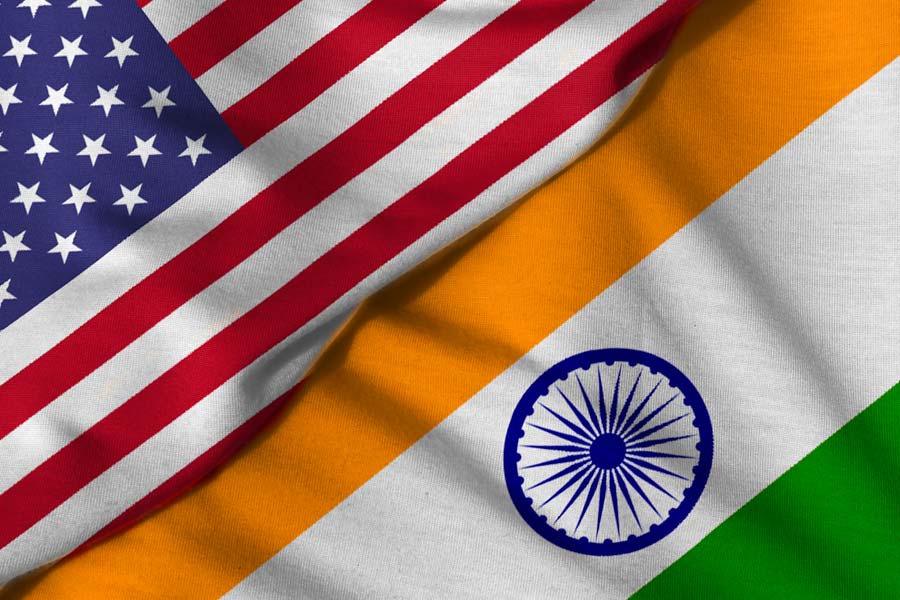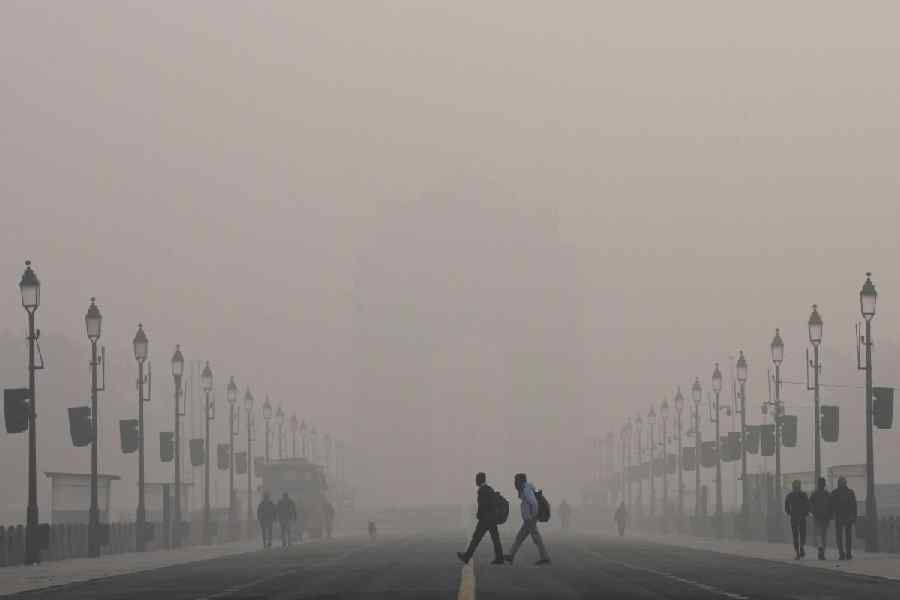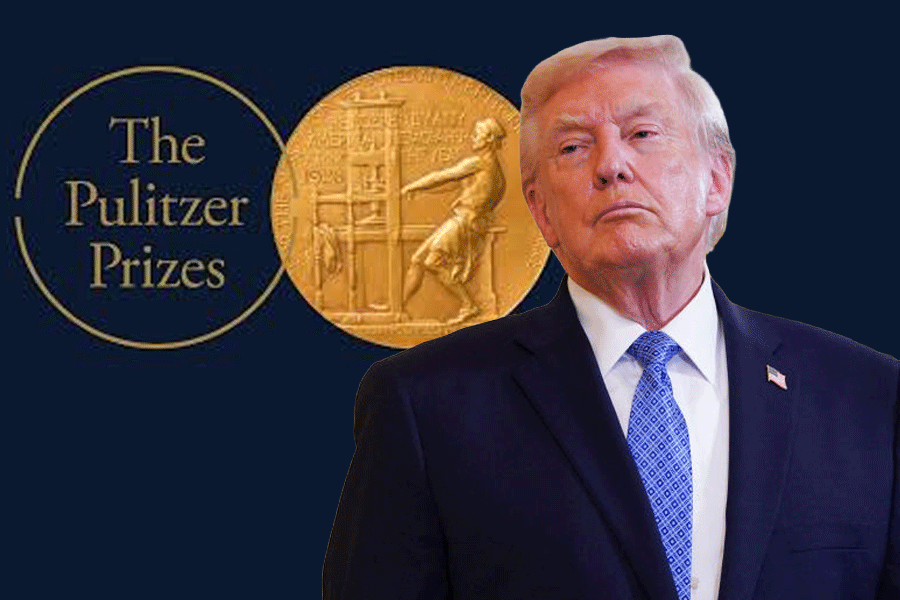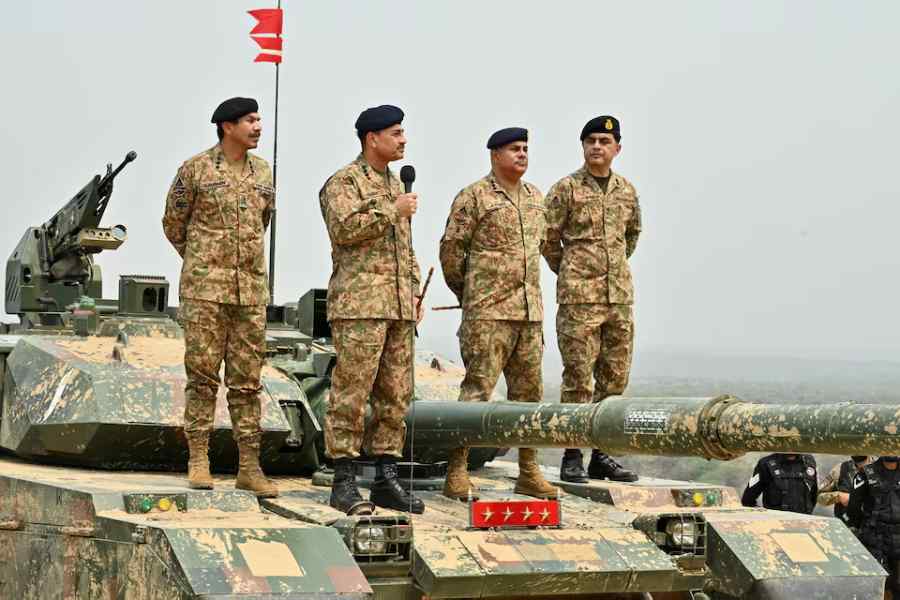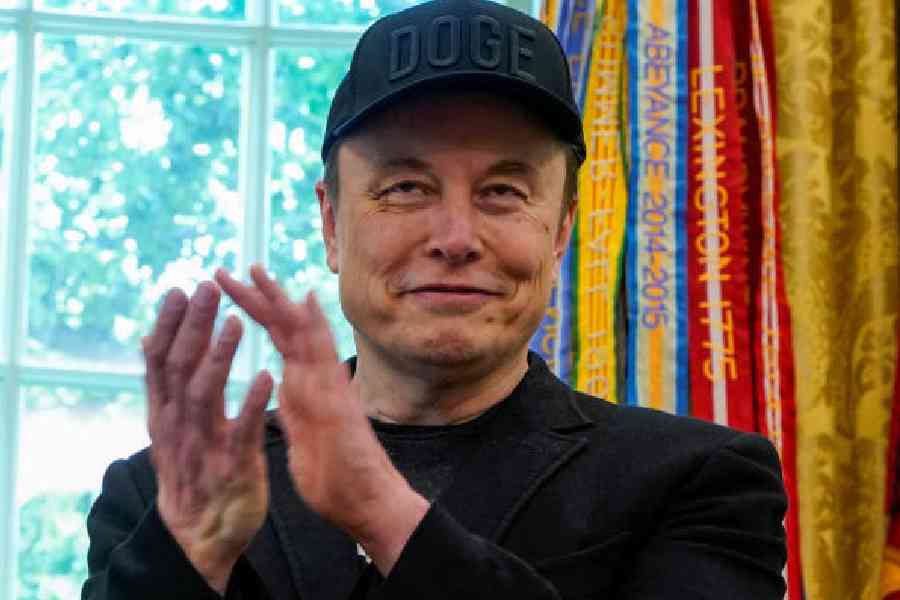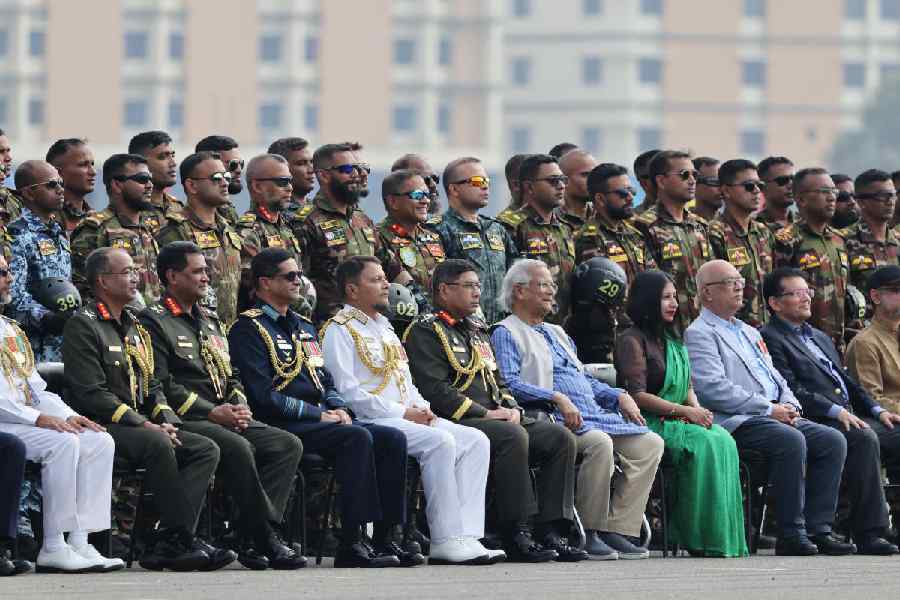US President Donald Trump may have dealt a double blow to India on tariffs, with a Pakistani sting in the tail.
When Trump was warning India on July 30 of enhanced and penal tariffs going into effect from August 1, Pakistani and US negotiators were successfully concluding their trade and tariff negotiations in Washington.
An ecstatic Pakistan Prime Minister, Shehbaz Sharif, in a post on X on July 31 morning, conveyed to Trump “profound thanks” for “his leadership role” in the finalisation of this “historic” trade agreement. Two hours earlier, the Pakistani embassy in Washington had announced that an agreement had been reached.
The embassy claimed that it would result in “reduction of reciprocal tariff especially on Pakistani exports to the United States”. It went on to assert that “this deal marks the beginning of a new era of economic collaboration especially in energy, mines and minerals, IT, cryptocurrency and other sectors”.
Separately, in a post on X on July 30, Trump mentioned US-Pakistani collaboration in developing Pakistan’s massive oil reserves. He did not then disclose that a trade and tariff agreement had been reached.
Absent from the Pakistani statement is how the agreement has dealt with agricultural and dairy issues. These should be vital matters for Pakistan’s economy because, according to an official Pakistani government publication, 65 to 70 per cent of its “population depends on agriculture forits livelihood”.
This aspect is significant, for agriculture and dairy are two sticking points in finalising the India-US trade and tariff agreement.
India’s ruling dispensation had walked on eggshells to avoid giving any offence to Trump during the special discussion in Parliament on the Pahalgam attack and Operation Sindoor.
Trump did not display a similar restraint. He called Narendra Modi his friend but did not refrain from blasting Indian trade practices. Nor has he displayed any real sensitivity to India’s concerns regarding Pakistan’s involvement in terrorism over the past few months.
Trump called Modi to condemn the Pahalgam attack. However, when India launched Operation Sindoor, Trump wanted the hostilities to end, ostensibly fearing escalation.
Since May 10, when India and Pakistan agreed on a cessation of hostilities, Trump has repeatedly claimed that he mediated the “ceasefire”. Pakistan has thanked him for his efforts while India has said that no third country played any role in bringing about the cessation of hostilities.
Maintaining a careful balance between India and Pakistan during and after Operation Sindoor, the Trump administration has refrained from accusing Pakistan of any role in the Pahalgam terrorist attack.
Trump offended India with his invitation to the Pakistan army chief, Field Marshal Asim Munir, to visit him at the White House for lunch and discussions in June.
To add insult to injury, he invited Modi, who was then in Canada, to pass by Washington while Munir was there. Naturally, Modi declined the offer. Perhaps to make up for this gratuitous behaviour, the Trump administration named The Resistance Front (TRF) — blamed for the Pahalgam attack — as a global terrorist organisation.
Trump’s outreach to Pakistan marks a clear shift in the US approach towards India’s western neighbourhood. It cannot be to pressure India into taking a more constructive approach on the trade and tariff agreement. It can be a marginal factor in efforts to goad India to be more positive, as the tone and tenor of Trump’s posts over the past two days suggest.
But the US would know that Delhi would hardly be guided by the concessions that Islamabad has made on this score. This is so even if Delhi would like to know the details of the US-Pakistan deal. Hence, the factors that are leading to the change, if not the transformation, taking place in US-Pakistan relations lie elsewhere.
Sections of successive US administrations have sought to balance ties between India and Pakistan. This, even though they are conscious that India has to be accorded primacy because of its growing heft in world affairs.
But they seem to segregate zones for India and Pakistan now: India to play a role in the India-Pacific, while the US seeks a greater alignment with Pakistan in India’s western neighbourhood.
Finally, these elements do not want China to have an open field in Pakistan. Trump seems to be going along with this thinking. There are, of course, also dark rumours about his family’s economic interests in Pakistan.
All in all, India-US contentions in the trade and tariff deal are only one aspect of potential problems in the relationship.
Vivek Katju is a retired Indian Foreign Service officer

